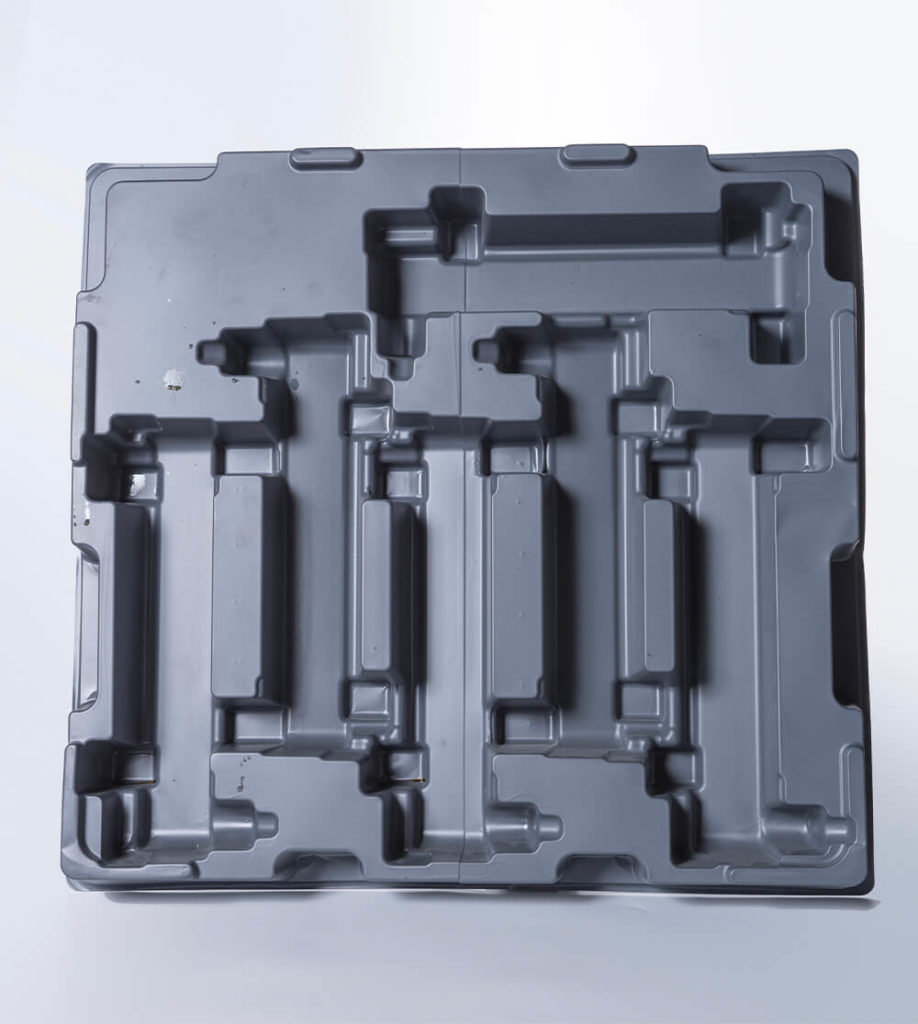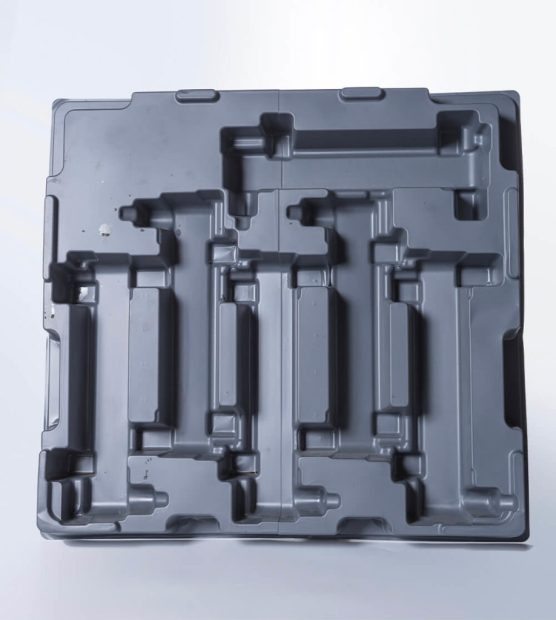
Have you ever thought about the number of plastic products you come into contact with every day? From the wrapping surrounding your lunch to components within your vehicle or household appliances, a large portion of these plastic elements is made using one highly effective manufacturing method—thermoforming. Thermoforming converts flat plastic sheets into functional shapes via heating and molding, providing a rapid, economical, and scalable solution across various sectors.
This article examines the top 10 practical uses of thermoformed plastics and emphasizes how they’re revolutionizing both consumer items and industrial advancements.
1. Packaging Solutions
Thermoforming plays a significant role in creating various packaging types like blister packs, clamshells, and product trays. These packages are crush-resistant, tamper-proof, and transparent—providing protection for products while ensuring visibility. Leading thermoforming companies improve functionality through integrated injection molding for precision parts and plastic profile extrusion for seals and closures. This customization caters to packaging needs for electronics, pharmaceuticals, cosmetics, and fast-moving consumer goods.
2. Automotive Interiors and Components
Thermoformed plastic elements bring lightweight innovation to the automotive sector. Typical components encompass interior panels, dashboards, and protective undercarriage shields. They’re crafted with high accuracy to replicate premium finishes like leather and wood or to offer noise reduction and corrosion resistance. Thermoforming is also becoming increasingly favored for electric vehicle battery housings due to its versatility and mechanical characteristics.
3. Medical and Healthcare Equipment
Sterile, durable, and single-use—these three vital attributes are fulfilled by thermoformed plastic medical parts. Ranging from surgical trays and packaging for diagnostic devices to casings for ventilators and dialysis machines, thermoforming guarantees particulate-free, single-use medical tools. Features such as antimicrobial and radiolucent options make these plastics perfect for adhering to stringent healthcare regulations without sacrificing cost-effectiveness or functionality.
4. Consumer Appliances
Large plastic panels and linings in appliances such as refrigerators, washing machines, air conditioners, and microwave ovens are thermoformed to maximize material efficiency and minimize weight. Manufacturers appreciate this process for producing seamless components that resist impact, moisture, and wear. Thermoformed parts also promote sustainability by incorporating recycled resins and facilitating efficient energy consumption during production.
5. Retail Displays & Signage
Retail marketing heavily relies on the adaptability of thermoformed plastics. High-impact signage, point-of-sale displays, and trade show booths frequently feature lightweight, eye-catching three-dimensional components crafted using this technique. Thermoformed signage is not only visually appealing but also cost-effective and easy to assemble or replace—perfect for dynamic retail settings.
6. Aerospace & Aviation Components
In aircraft engineering, minimizing weight is essential. Thermoformed plastics are replacing heavier metal or composite components in cabin interiors, such as wall panels, ceiling bins, and seat bases. These components boast a high strength-to-weight ratio, comply with rigorous fire resistance and aviation safety regulations, and aid in enhancing fuel efficiency. Advanced composites used in thermoforming now provide superior impact resistance and flame retardancy.
7. Food Service & Storage Containers
Food-safe thermoformed containers—such as deli trays, bakery clamshells, and produce crates—are crucial for maintaining freshness and preventing contamination. These products are precision-formed to ensure tight seals, stacking stability, and ease of handling for customers. Many suppliers now utilize recycled and biopolymer plastics like PLA to respond to the rising demand for sustainable food packaging options, all while adhering to FDA regulations.
8. Industrial Equipment Covers & Enclosures
Thermoformed plastic enclosures safeguard essential machinery in industrial, agricultural, and construction environments. Designed to shield equipment from dust, chemicals, and moisture, these housings are easier to shape than metal—and they resist corrosion and excessive weight. Recent innovations include EMI/RFI shielding, built-in ventilation, and transparent viewing windows, making them excellent choices for industrial-grade enclosures.
9. Recreational & Sporting Goods
From snowmobile windshields to kayak shells and sports helmets, thermoformed plastics are integral to much of the equipment used in recreation and sports. These components are engineered for impact resistance, UV protection, and temperature stability. As trends shift towards environmental sustainability, sporting goods manufacturers are also incorporating thermoformed plastics made from recycled materials and biodegradable resins.
10. Electronics Housings & Components
Modern electronics necessitate compact, flame-retardant, and EMI-shielded casings—attributes that thermoformed plastics deliver effectively. With thin-wall molding techniques, manufacturers create lightweight housings for laptops, routers, medical instruments, and more. Furthermore, designs can be tailored for heat dissipation, antenna integration, and wireless compatibility.
Sustainability & Eco-Friendly Innovations in Thermoforming
As global regulations and consumer preferences drive industries toward greener production methods, thermoforming distinguishes itself with its sustainability advantages. Manufacturers are increasingly opting for recycled and biodegradable plastics such as rPET and PLA, which diminish environmental impacts while maintaining material strength and longevity.
Thermoforming consumes less energy and material compared to alternative processes like injection molding, especially for large-scale or…
